11 Apr Navigating Complex Coronary Interventions: A Live Case with Dr. Sharath Reddy
In this detailed live case presentation,
In this detailed live case presentation, Dr. Sharath Reddy walks us through a challenging coronary intervention involving a simple RCA CTO that evolved into an antegrade nonstarter. Join us as we explore the intricacies of catheter selection, wire navigation, and the decision-making process in real-time.
Introduction to the Case
This case revolves around a complex coronary intervention involving a challenging RCA CTO. Initially straightforward, the situation quickly escalated into an antegrade nonstarter. Our goal is to dissect the decision-making process, focusing on catheter selection and wire navigation.
Understanding the Context
As we dive into this case, it’s crucial to grasp the anatomy and the specific challenges posed by the patient’s coronary vasculature. This understanding sets the stage for the strategic decisions made throughout the intervention.
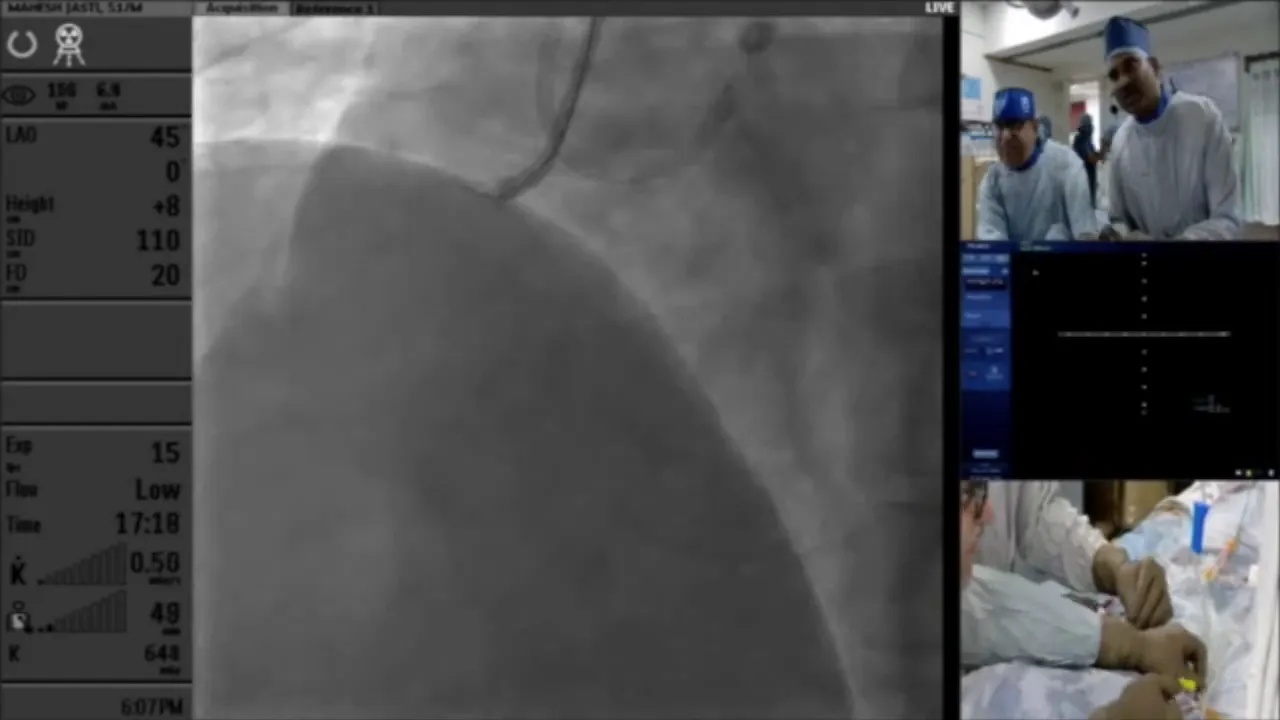
Audience Interaction and Initial Observations
Audience engagement plays a vital role in refining our approach to the case. Suggestions from fellow practitioners can provide fresh perspectives that enhance our decision-making.
Key Observations
- The audience suggested pulling back the guide, indicating a potential dissection.
- Staining observed in the proximal area raised concerns about the integrity of the vessel.
- Collaterals should be preserved as a last resort, emphasizing the importance of maintaining epicardial blood flow.
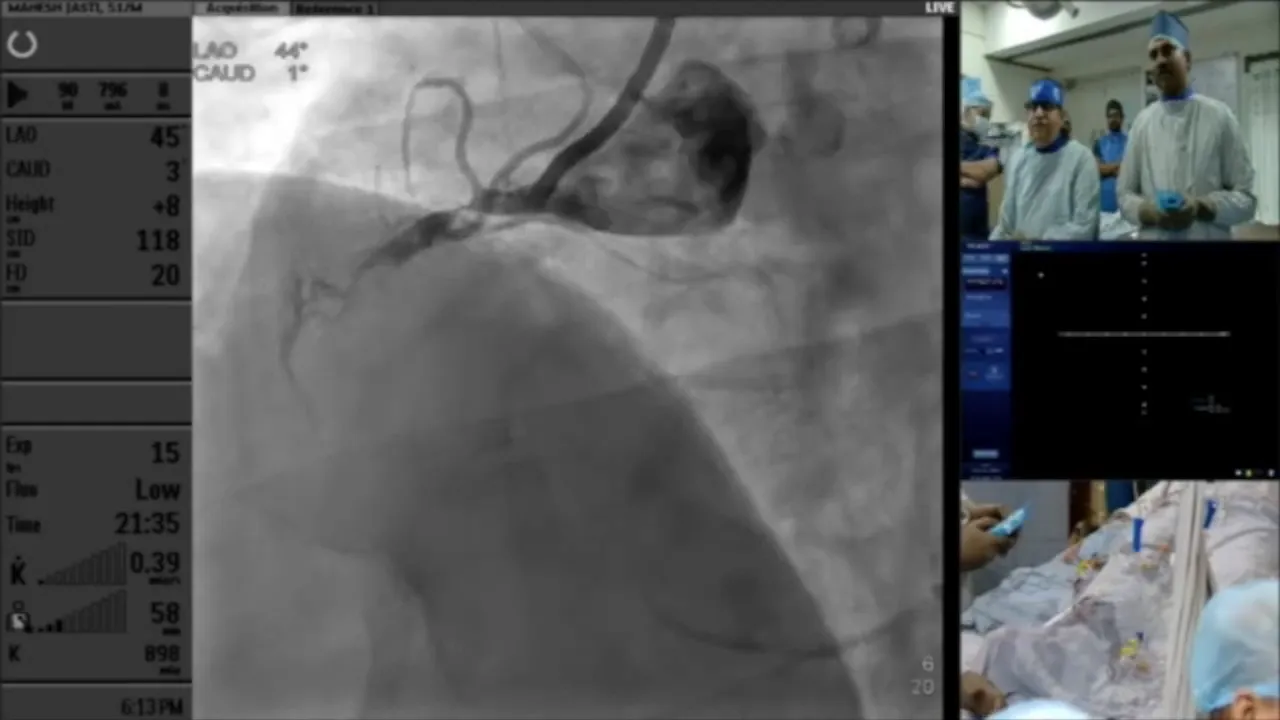
Assessing the ECG and Wire Navigation
In navigating complex coronary interventions, the ECG is an invaluable tool. It aids in visualizing the heart’s electrical activity, guiding wire placement and catheter advancement.
Importance of the ECG
The ECG can reveal critical information about the patient’s condition and the viability of various collateral pathways. It allows us to make informed decisions on wire navigation, especially when faced with dissection or other complications.
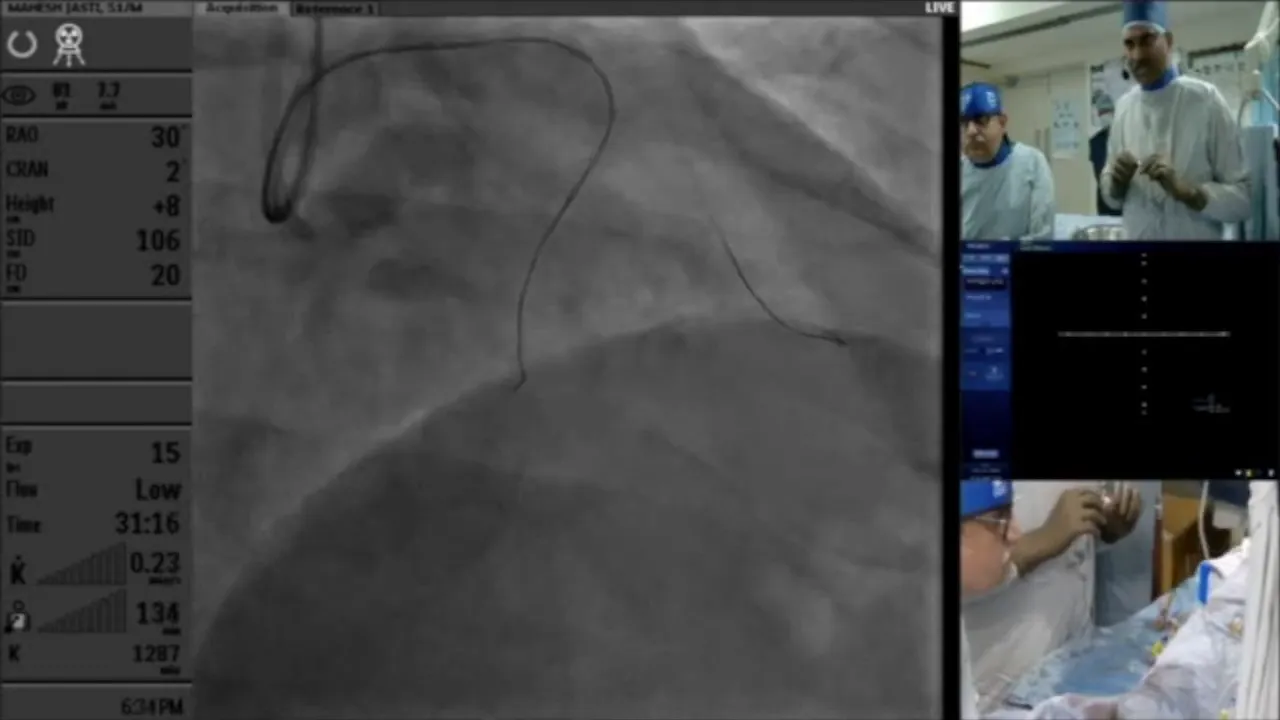
Microcatheter Selection and Strategy
Choosing the right microcatheter is paramount in complex cases. The microcatheter’s design and capabilities can significantly influence the success of the procedure.
Factors to Consider
- Stiffness and flexibility: A stiffer microcatheter may provide better support in difficult anatomy.
- Size and compatibility: Ensuring the microcatheter fits well with the selected wire is crucial.
- Advancement capabilities: The ability to navigate tortuous pathways is essential for effective wire placement.
Advancing the Catheter and Managing Dissection
Advancing the catheter through a dissected area requires precision and careful management. The goal is to minimize complications while ensuring effective access to the target area.
Strategies for Advancement
- Use of a more penetrating wire: A stiffer wire can help navigate through challenging segments.
- Constant monitoring: Regular assessments of the catheter’s position are essential to avoid further dissection.
- Collaboration with the team: Open communication ensures that everyone is aware of changes and can contribute effectively.
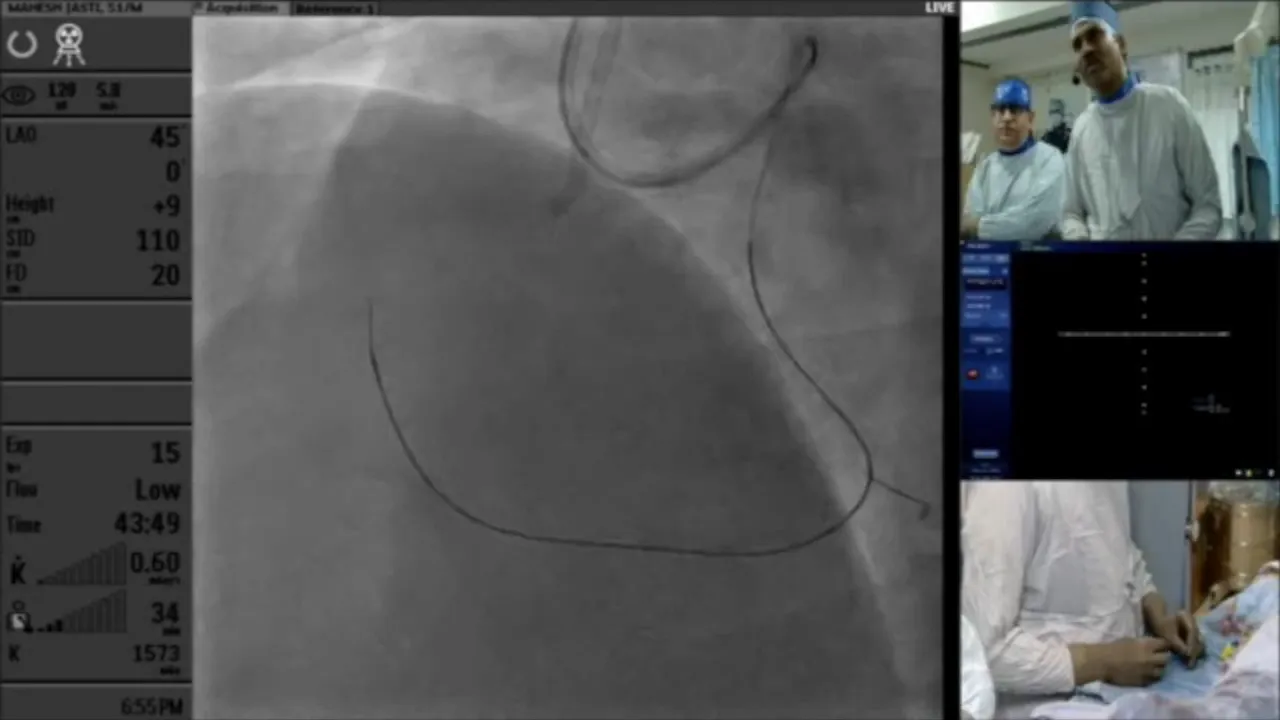
Dilation and Hemodynamics Considerations
Once dissection has been confirmed, the next step is to address hemodynamics. It’s essential to understand the implications of any changes in blood flow dynamics during the procedure.
Importance of Dilation
Dilating the functional side with a small balloon can significantly enhance blood flow in the area. This step not only aids in restoring patency but also helps in assessing the response of the vessel to the intervention.
- Monitor pressure gradients: This ensures that the dilation is effective and that there are no significant blockages remaining.
- Use of appropriate balloon size: A balloon that is too large can cause further dissection, while one that is too small may not achieve the desired effect.

Respecting Hemodynamics
Understanding hemodynamics is critical. The goal is to maintain optimal flow while avoiding complications. A detailed assessment can guide subsequent interventions.
- Check for collateral circulation: Ensure that blood flow through collateral vessels is adequate to prevent ischemia.
- Evaluate the need for additional interventions: If hemodynamic parameters do not improve, further options may need to be considered.

Branch Management and Final Adjustments
Managing branches effectively can be the difference between success and complications. As we navigate through the procedure, attention to detail is paramount.
Branch Management Strategies
- Identifying branch locations: Knowing the orientation of branches is crucial for successful wire navigation.
- Clock shift technique: Adjusting the angle of approach helps in accessing difficult branches.
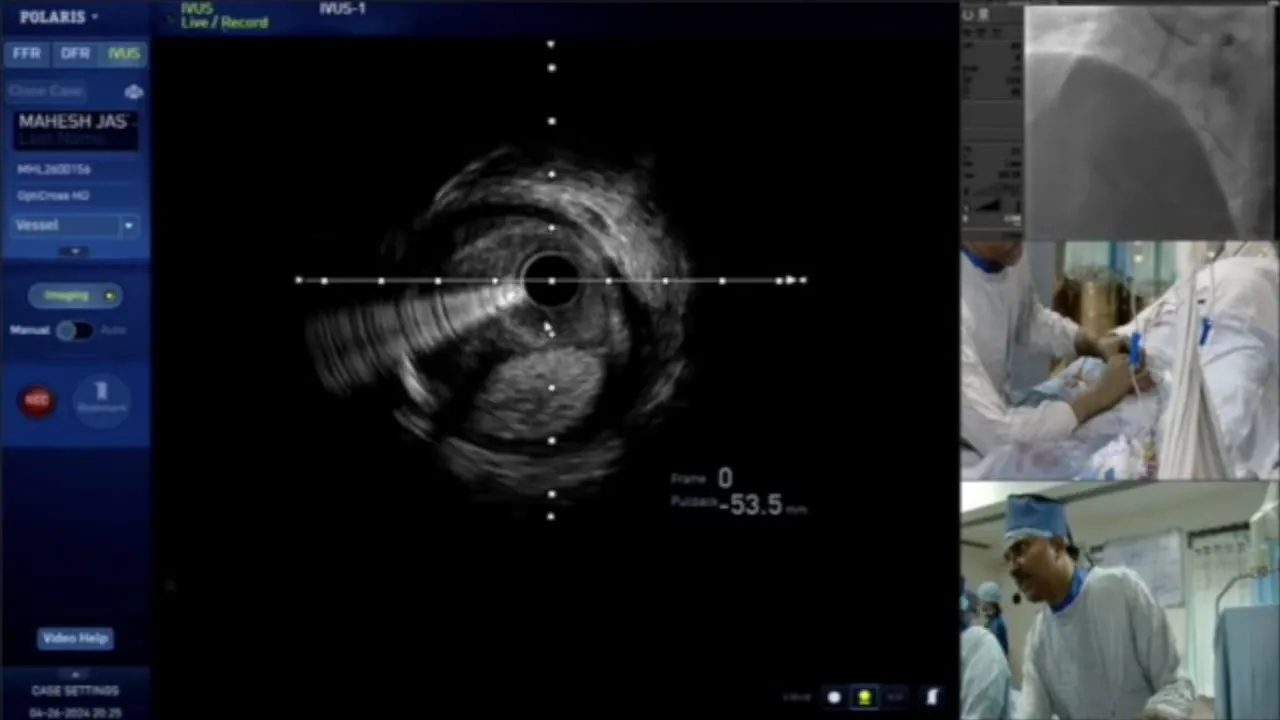
Final Adjustments
After placing the proximal stent, it’s time for final checks. This ensures everything is in place and functioning as intended.
- Perform a check shot: This visual confirmation helps assess the success of the intervention.
- Reassess wire position: Constant adjustments may be necessary to optimize outcomes.

Final Checks and Conclusions
As the procedure comes to a close, thorough final checks are essential to confirm the integrity of the intervention.
Final Assessments
Evaluate the overall success of the intervention by reviewing hemodynamic stability and the condition of the vessel.
- Check for any signs of staining: This may indicate issues that need addressing.
- Confirm the position of all wires and catheters: Ensuring everything is correctly placed can prevent complications.
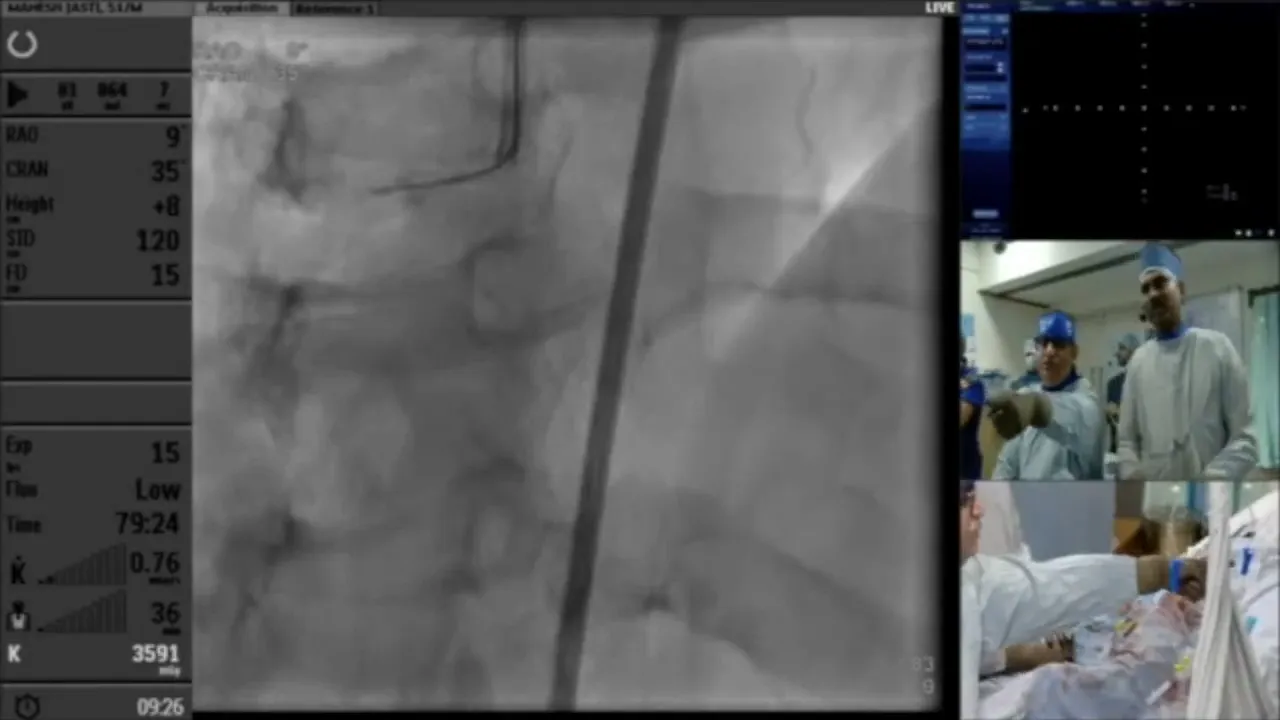
Conclusions from the Case
This case illustrates the importance of adaptability and vigilance in complex coronary interventions. Each step provides valuable learning opportunities.
- Continuous assessment is key: Always be prepared to pivot based on real-time findings.
- Team communication enhances outcomes: Collaboration leads to more effective decision-making.
FAQ Section
What should I do if I encounter dissection during a procedure?
First, assess the extent of the dissection and consider dilation of the functional side. Monitor hemodynamics closely and prepare for potential adjustments to your approach.
How can I ensure effective branch management?
Familiarize yourself with the anatomy and use techniques like clock shifts to optimize access to branches. Always maintain a clear line of sight to the branches during the procedure.
What are the key indicators for a successful intervention?
Successful interventions are typically indicated by stable hemodynamics, effective dilation, and confirmation of patency through imaging checks.
How important is team communication during interventions?
Team communication is crucial. It ensures everyone is aligned on the procedure and can respond quickly to any changes or complications that arise.


No Comments